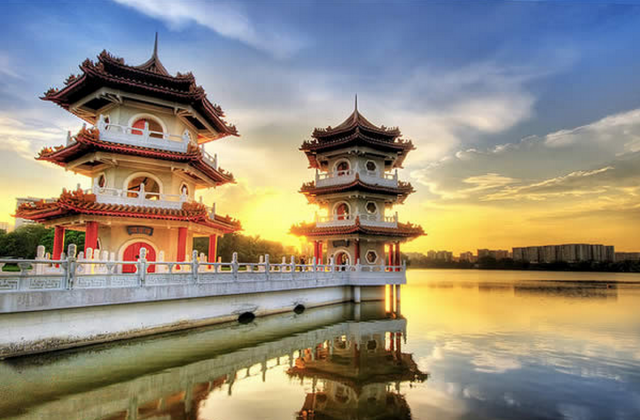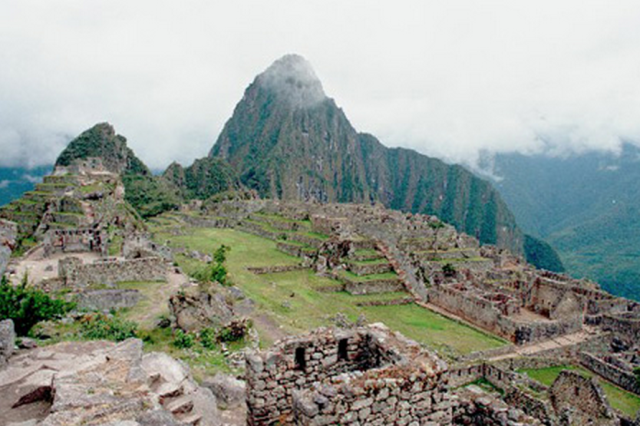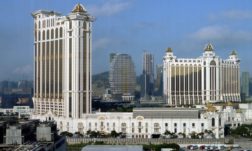Cool City Parks
The High Line – New York City
A popular trend in adaptive urban reuse is converting former structures into new projects and green spaces, and perhaps no example of this trend has been more positively embraced by its location as New York City’s High Line. A former freight line that ran along the west side, the High Line removed dangerous freight trains from Manhattan streets and rolled them directly into factories and warehouses in the present-day Meatpacking District andChelsea neighborhoods of 1930’s New York City. After more than 25 years of dis-use, the High Line has been transformed into a public space currently spanning 19 city blocks. The third section of the High Line is presently under construction and is expected to open to the public in 2014.
In addition to being a walking space and public park, selected food vendors have opened up along the High Line between Little West 12th and West 18th Streets, including Terroir, a popular New York City wine bar, and Blue Bottle Coffee. Another great aspect of the project is the variety of greenery and architectural landscaping – rail tracks have been reinstalled with plantings along the Sundeck and portions through Chelsea move from grasslands to thicket to a Wildflower field. (Photo Credit: Aerial View, from West 30th Street, looking South toward the Statue of Liberty and the World Trade Center site. Taken by Iwan Baan, 2011).
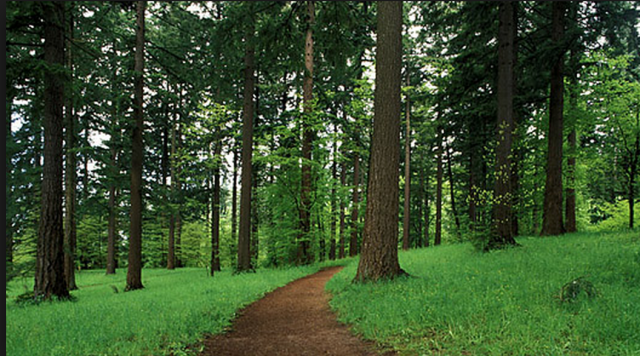
2. Forest Park – Portland Oregon
Few cities in America are known for their greenery and commitment to sustainability like Portland, Oregon. Among their collection of public parks, Forest Park is the largest, forested natural area within city limits in the United States, encompassing over 5,100 wooded acres. Running along the western side of the Willamette River and adjacent to Route 30, the park offers guided hikes, mountain biking, equestrian trails, and a vista point. A highlight of the park is the 30-mile Wildwood Trail, which is a large section of the region’s 40-Mile Loop system that links Forest Park to pedestrian and trail routes throughout Portland, running past landmark Pittock Mansion. If you are a garden fan, make sure to also check out Portland’s Washington Park, home to the International Rose Test Garden and the Portland Japanese Garden. (Photo Credit: Forest Park, Portland, Oregon – Courtesy ofwww.travelportland.com).
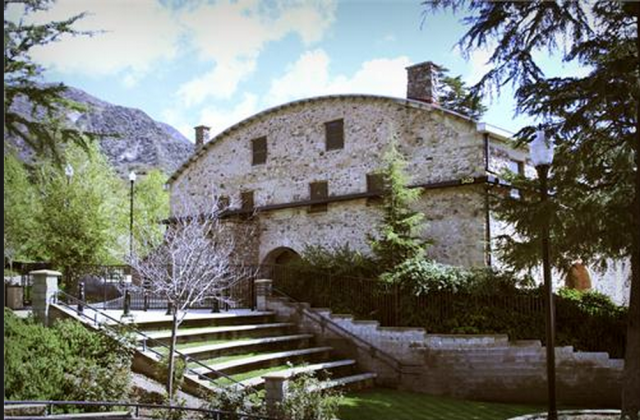
Deukmejian Wilderness Park – Glendale, CA
